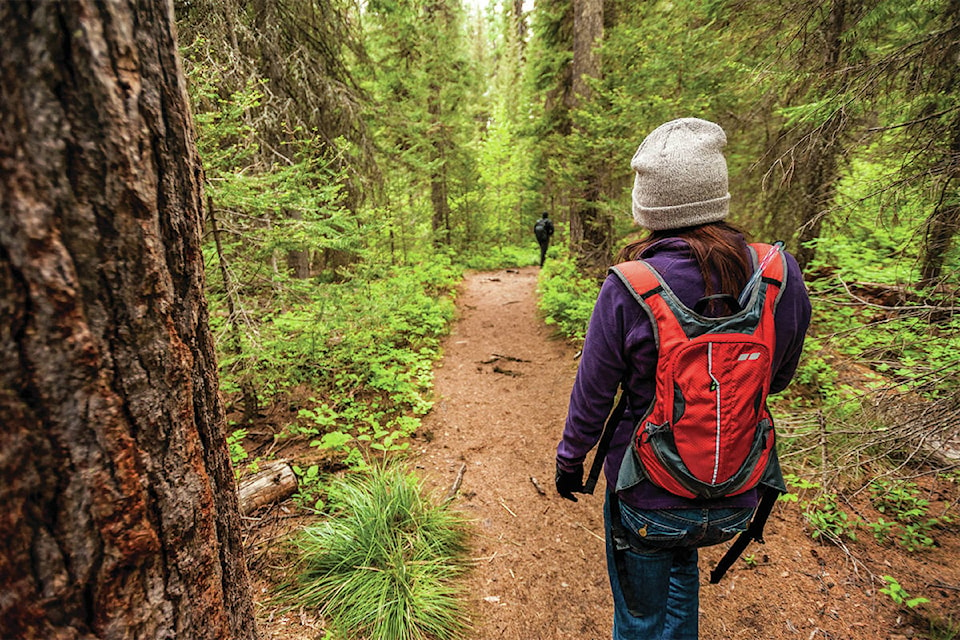Re: Letter to the Editor, April 4, “Not all motorized users irresponsible”
Trail data for our region documents many thousands of kilometres of trails and old resource roads for motorized use. The opportunities for off-highway vehicles (OHVs) are vast. Conflict between motorized and non-motorized users occurs primarily on those trails in the vicinity of residential areas that are easily accessible to the local population for hiking, cycling, snowshoeing, running and skiing. A majority of users on these trails belong to this non-motorized group, yet they are inherently subordinate to OHVs due to their sensitivity to degraded trail surfaces, noise and air pollution.
These negative impacts are well documented in studies and are not “narrow-minded and often incorrect” complaints, as Mr. Zorn has written. Nor are they just the result of irresponsible users of OHVs — it is simply the nature of the machine.
I have encountered polite, considerate motorized users who slow down and give way to pedestrians, but that doesn’t stop the noise, dust, lingering fumes or loosening of the trail surface.
Speed remains a factor that is becoming more problematic as the number of pedestrians on local trails increases. The speed limit on the Trans Canada Trail is 25 kilometres per hour, yet most encounters with OHVs are far above that – recent reports from skiers and runners I have heard have been frightening, with OHVs coming up behind them and around curves at 60 kiloemtres per hour.
In 2013 local community groups (including motorized groups) signed an agreement acknowledging that there are enough trails for all to enjoy, but that every trail is not compatible for use by every group. He has chosen to ignore in his letter that the overriding philosophy in this province is: “Trails for everyone, but not every trail for everyone.”
Non-motorized users go out on the trails to enjoy the peace and quiet of the natural environment. If this majority group is using only a very small fraction of the trail network that falls near populated areas, is it not reasonable to designate these trails as non-motorized?
If, as Mr. Zorn seems to be suggesting, OHVs should be allowed on more trails, then the preponderance of users are being denied any opportunity to enjoy their activity without being subjected the negative impacts that motorized vehicles bring to their experience.
I used the North Fork section of the Trans Canada Trail nearly every day this past winter. I have never seen so many skiers, walkers and snowshoers out enjoying this trail, far outnumbering OHVs. Skiers diligently set grooved tracks that never lasted more than a few days before they were destroyed by a snowmobile. ATVs created ruts that even made it difficult to walk, sometimes crisscrossing the trail with deep gouges. OHVs are the minority users, yet I believe their impact is the most significant. The damage they cause to the trail surface, even those driving responsibly, is undeniable - all it takes is a visual examination by any trail user. Nor will the provincial government provide funds for surface improvement on any trails that allow motorized vehicles because it degrades too quickly.
The solution to avoid conflict is simple – do not claim motorized rights to every trail in the immediate area when it is so detrimental to the greater population. The trails in the RDKB being used extensively by pedestrians and cyclists are a few mere kilometres compared to the thousands accessible to motorized users.
So please, Mr. Zorn, do not tell other users that they are “narrow-minded” and imagining things. Enjoy your sport on the many trails available to you, but leave some space for others to enjoy their activities too.
